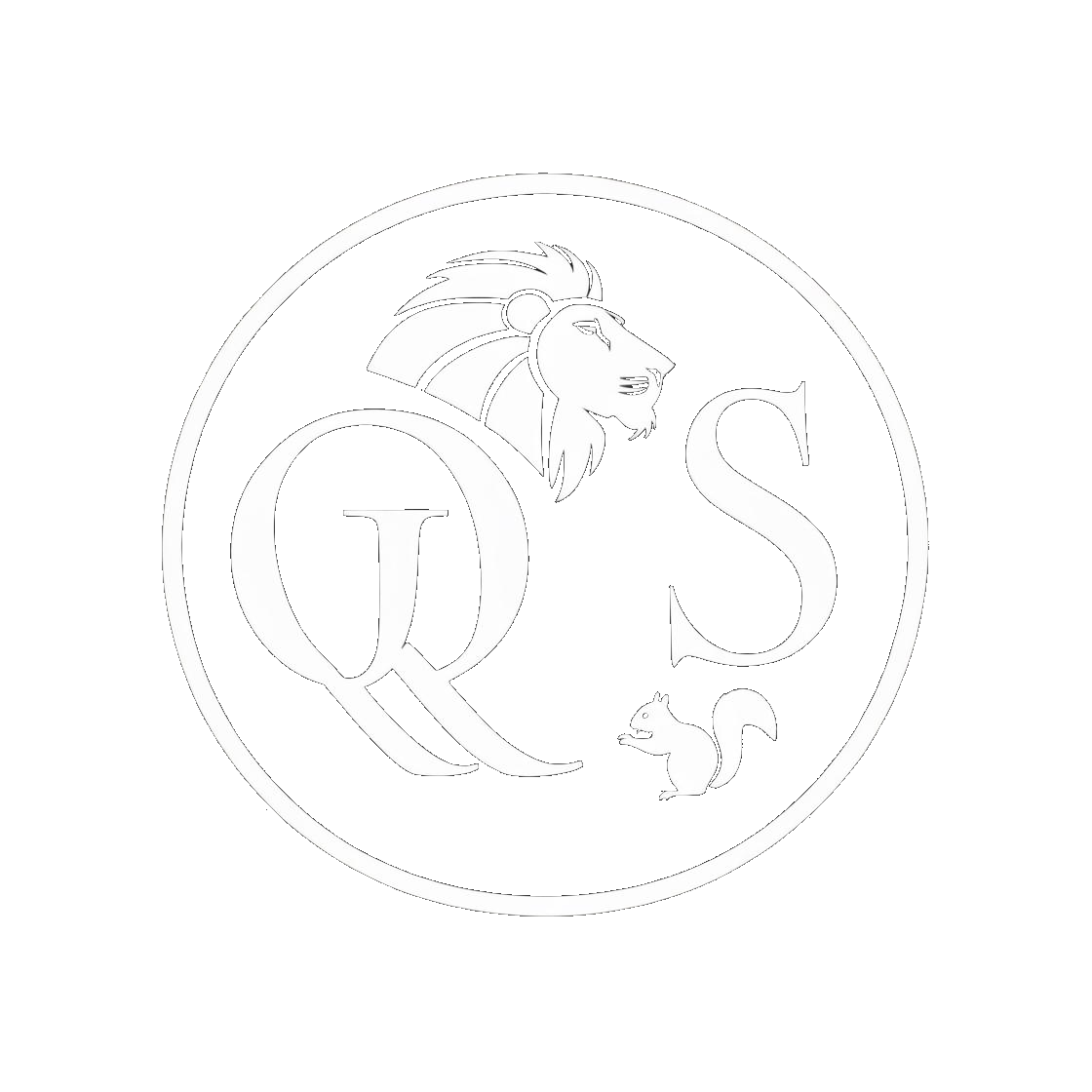Part 3 of 3: What to Do After the Show: Turning Momentum Into Long-Term Wins
Welcome to the third and final part of my blog series on making the most of conferences. If you've followed along so far, I hope you’ve taken away some useful insights. And if you’ve got feedback or your own lessons to share, I’d love to hear them—let’s keep the conversation going.
So, the show has wrapped. You’ve just come off the high of a great event (hopefully). Let’s say it’s June 14 and XP Game Summit has just ended. What now?
Here’s the truth: a good conference doesn’t end when the event ends. The real work continues through the follow-ups, the conversations, and the strategy that comes afterward.
Step One: Run a Retrospective
This is something I carried over from my time as a Scrum Master back in my QA days. Sit down with your team and review:
The Good: What went well? Celebrate it. Keep doing it.
The Bad: What didn’t go well, but isn’t critical? Note it, track it, and keep an eye on it.
The Ugly: What failed? What needs an immediate fix? Turn these into action items for the next show.
For example, at a past event, I realized I wasn’t taking solid notes during meetings. That’s when I started using Otter.ai to record conversations—so I could stay present in the moment and still walk away with everything documented.
Step Two: Follow Up (Strategically)
Now it’s time to put your CRM to work. Identify the high-value accounts based on the formula you’ve been using throughout the series. These are the leads you want to follow up with at:
1 week
2 weeks
4 weeks
Monthly intervals afterward
Set a recurring agenda item in your stand-up or team check-in meetings to review the status of these accounts.
At 6 months, 12 months, or even 2 years post-show, you should still be asking: Was this conference worth it? Some relationships take time to convert, especially if you aren’t seeing the same clients at other shows throughout the year.
But if you are? That’s where the magic happens.
Let’s say I meet someone at XP Game Summit in June, then again at MIGS in Montreal in November. That second touchpoint can significantly improve our chance of closing a deal. Each interaction builds familiarity and momentum—but only if you're adding value and being intentional.
Step Three: Allocate Your Energy Wisely
Not every lead will be ready now. And not every contact deserves the same amount of effort.
Put your energy into the ones that have the highest potential, based on what your data and conversations have told you. Keep in touch with the others, but don’t stretch yourself thin. A light touch now may lead to something later.
And of course, don’t forget to download the template I’ve built to help with all of this. It’s linked below and includes everything from pre-show KPIs to post-show tracking.
If you’re coming to Toronto in June or Montreal in November, let me know! I’d love to meet, chat, or even have you on my podcast. First three episodes drop June 4, with a new one each week after. Can’t wait to share more.
Lesson Learned
A successful conference doesn’t end when the booths pack up. Your ROI comes from what you do after—the follow-ups, the strategy, and how well you turn good conversations into lasting partnerships.
